The curtailment of renewable energies, which arises due to the limitations of the electrical network, is becoming a hot topic. At eRoots Analytics and CITCEA-UPC we are working on analyzing modern grids with a high renewable penetration, with the associated challenges and subsequent solutions.
Challenges
When studying electrical networks with a high penetration of renewables (reaching 100% levels or even higher if exportation is considered), it can be optimal to curtail the renewable power injection under certain conditions. Although energy storage devices are useful to avoid curtailing the injection of renewables, the cost of energy storage solutions is often much higher than the cost of curtailment. In other words, it becomes more optimal from a technical and economical perspective to install more renewable generation, rather than heavily relying on storage.
Solutions
Modern power systems with considerable amounts of renewable penetration are in need of incorporating devices that offer flexibility and stability to ensure that the power injection from renewable resources is optimal. This flexibility is required at different levels:
- Balance between generation and demand: given the high generation uncertainty and variability, modern grids rely on generation units that cannot be directly controlled. In this regard, both demand-management services and storage devices play a crucial role. Demand-management offers the advantage of not inducing additional costs, hence it has a great upside. On the other hand, storage can take place in the form of electric vehicles (EV). They can be charged when there is a surplus of renewable generation. Hence, renewable power would only be curtailed in case of having no demand-management capabilities and no available storage devices.
- Admissible power flows in the power system that do not cause lines to be overloaded nor overvoltages/undervoltages at various nodes. In this context, the limitations are related to the network per se, and not to the energy balances. Relying on elements that provide flexibility is a key milestone. Power electronics and energy storage devices can help in situations of line overloadings, as well as in improving the voltage profile across the system. This way renewable energies can be coupled to the grid with minimal infrastructures.
- Controllability and grid stability: although the power flow solution may meet the requirements in normal operation, we aim at a resilient, secure and stable grids. They should be able to operate correctly in the advent of diverse situations, such as short-circuit faults. Grids dominated by power electronics are characterized by a low inertia and a limited short-circuit current contribution from power converters. These shortcomings motivate the development of novel solutions and analysis techniques.
Conclusion
Power systems are evolving in order to accommodate larger shares of renewable energies. Although we are far from reaching a generation mix where renewables constitute the totality of the pie, at eRoots Analytics and CITCEA-UPC we are making efforts to get closer to this point. The covered points in this blog entry are just a few remedies to take a step further in this direction.
Check out the original post written by Oriol Gomis-Bellmunt in Catalan.
